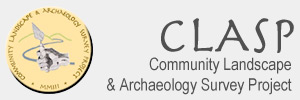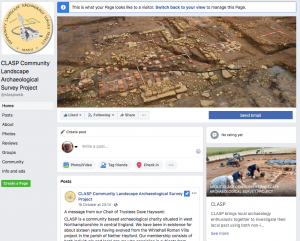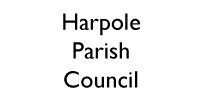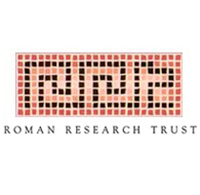Today we have switched our Facebook presence from a “Page” to a “Group”. Groups are much easier to manage and use than Pages. The “old” Page is still there, but will be deleted before very long: it is not now possible for anyone other than the administrators to post to it.
The new group is “public”, which means that anyone at all can view the posts, comments, description and list of members. But only group members can post and comment.
Anyone can ask to become a group member – you DON’T have to be a CLASP member.
The aim is to get, or keep, people interested in local, community archaeology. Our hope is that they may choose to –
Join CLASP (only £10 a year) and get involved.
To see (and join) the Facebook group go to:
www.facebook.com/groups/456102964918909/

 CLASP has recently relaunched its Facebook page. It can be found at:-
CLASP has recently relaunched its Facebook page. It can be found at:-








